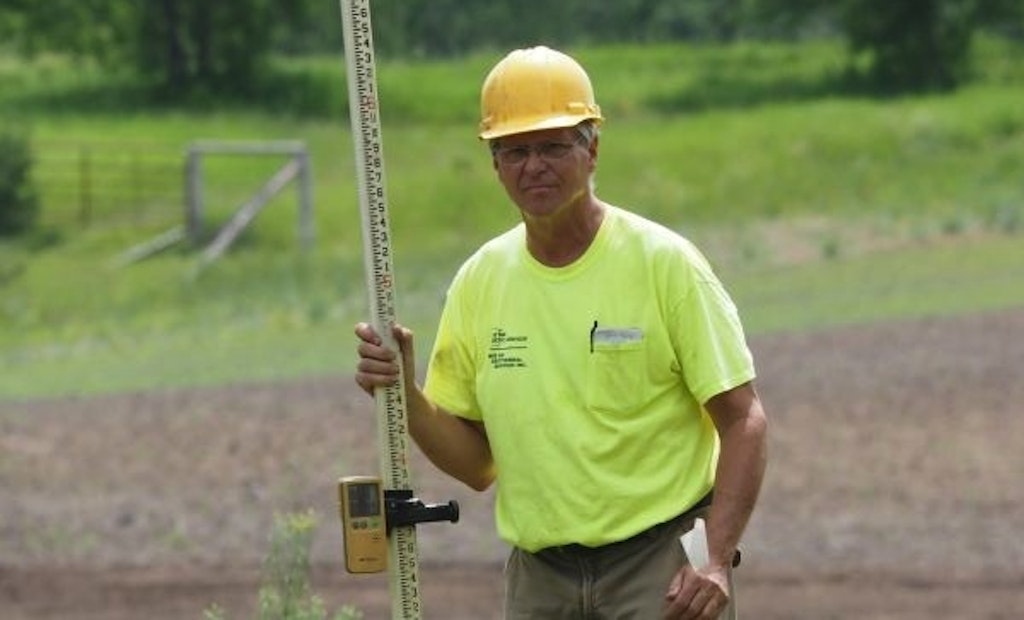Interested in Systems/ATUs?
Get Systems/ATUs articles, news and videos right in your inbox! Sign up now.
Systems/ATUs + Get AlertsDesigns for the new Crow River Winery near Hutchinson, Minnesota, included tasting rooms, an education and reception area, an events center with full amenities and space for 400 guests, and a garden courtyard. Bernie Miller of Miller Sewage Treatment Systems designed the 2,400 gpd mound onsite system, and Mid MN Septic Services of Hutchinson installed it.
“That was our only commercial installation,” says Bob Billiet, owner of Mid MN Septic Services. “The size of the project almost overwhelmed my two employees and threatened completion in a timely manner. The experience taught me the company was too small for such projects.”
The site presented its own challenges. Soils were silty clay loam with the high periodically saturated level 19 inches below grade. To meet the required 3-foot separation to seasonal groundwater, Billiet’s crew hauled in more than 600 tons of washed sand and 400 tons of pit run sand to build a 17-inch-deep pad.
They constructed two mounds on top of the pad, each with a 10- by 105-foot-long rock bed and three 2-inch laterals with 3/16-inch perforations every 36 inches. “We used more than 300 feet of insulated PVC pipe to prevent frozen lines,” says Billiet. “It’s not unusual for frost to penetrate to a depth of 7 feet.”
Heavy spring rains made dewatering of some holes necessary before bedding the tanks on 2 to 3 inches of washed sand, then setting them. Tankage included:
• A 1,500-gallon concrete grease interceptor. All tanks are from Willmar Precast Co.
• Two 2,500-gallon concrete surge tanks with dual alternating time-dosed Goulds 1/2 hp effluent pumps and duplex Smart Panels from Alderon Industries
• Three 1050 GPS Nayadic treatment units from Consolidated Treatment Systems
• 1,500-gallon concrete dose tank with dual alternating on-demand Goulds 1 hp pumps
“Even with dewatering, groundwater was coming into some holes almost as fast as we pumped it out,” says Billiet. “We added 200 gallons of water per tank, but some were still buoyant enough to move, making it more difficult to achieve the exact elevations necessary to plumb them.”
The system is producing effluent with less than 6 mg/L BOD, 10 mg/L TSS, and 5.71 mg/L FOG.
Learn more about other challenges Bob Billiet has faced in the September cover story.






